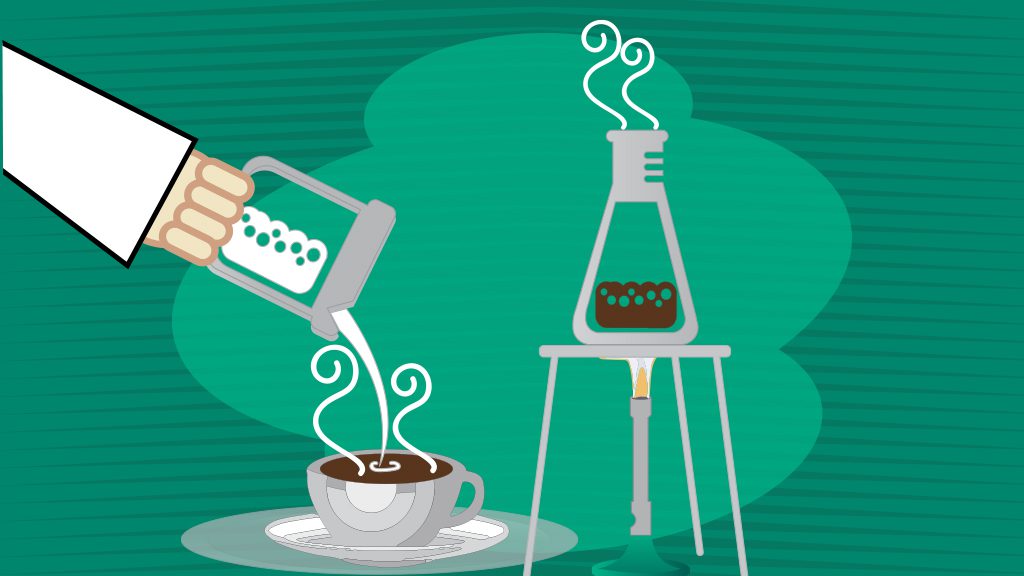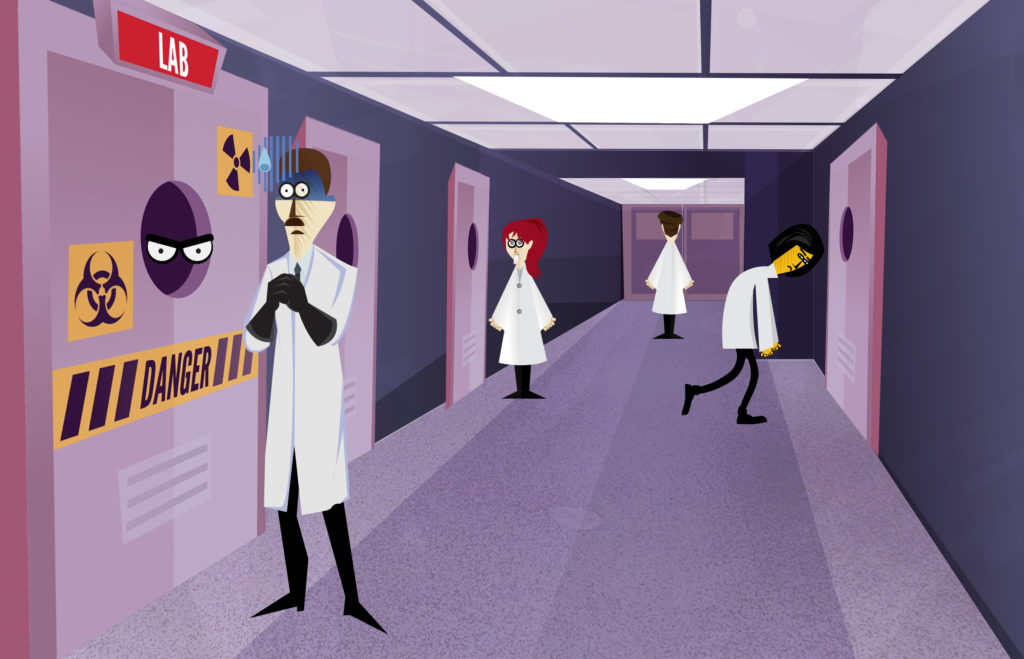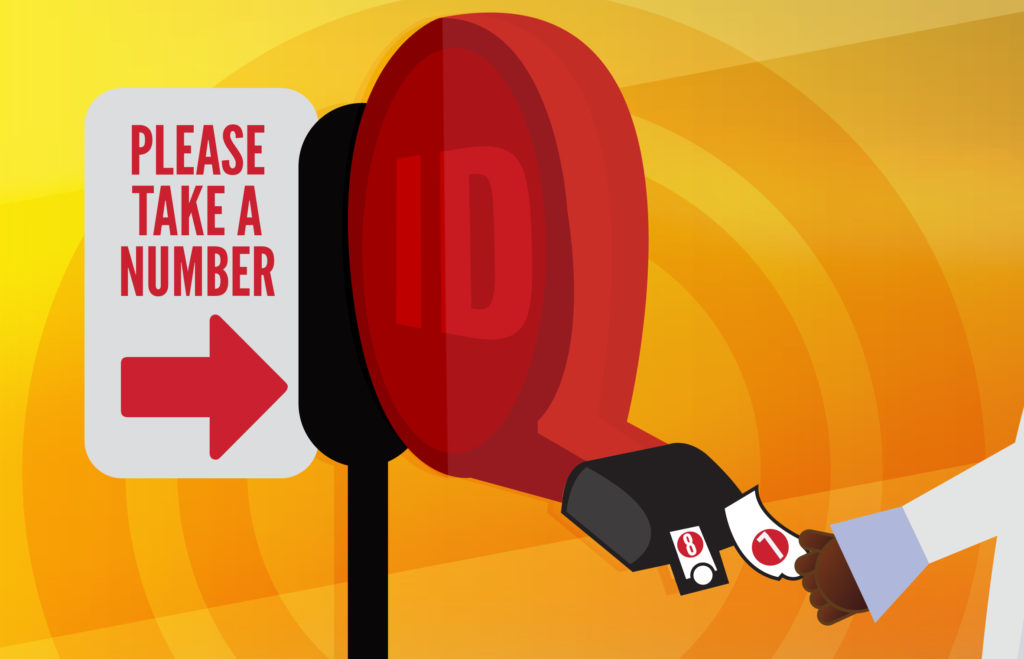Your university doesn’t just discourage eating in the research or computer lab – the Occupational Safety and Health Administration (OSHA) actually prohibits food and beverages from being stored or consumed in the same environment where hazardous materials are found. You’re actually not allowed to put on cosmetics, take or apply medicines or handle contact lenses in labs, either. “Regulatory and granting agency requirements, along with best practices, clearly prohibit food and drink in laboratories, including storage in laboratory equipment such as refrigerators and freezers,” said Cris Milligan, assistant vice president of Research Administration at the University of Houston. “Noncompliance may impact an individual, a work unit or the institution as a whole.”
Gross AND dangerous
Other than being unhygienic and just messy – leading to unsanitary conditions such as sticky keyboards in a computer lab where shared equipment resides (yuck!) – it is extremely dangerous to swallow any number of things found in a lab. “The obvious risk is that you never know where chemical, biological, radioactive or waste residue may lurk. This is a personal safety risk that can result from cross contamination or ingestion,” said Milligan.
Of course, one can contaminate their gloves or hands, but this situation can occur several other ways, as well.
For instance, airborne materials may settle out or condense on surfaces or utensils…
When you can see dust particles in the air, this is a particularly good indicator of what you are ingesting at any given moment. Invisible particles are just as dangerous to inhale or swallow.
Storage of food and drinks in refrigerators, freezers or cabinets with chemicals can be a, well — recipe for disaster. Improper storage can cross contaminate food and give less integrity to experiments being conducted. “Food and/or drink can skew results or damage equipment,” stated Milligan.
Thirdly, when consumable items are placed on contaminated surfaces, the threat of poisoning is real.
Causing harm
Hazardous materials are considered “any item or chemical which can cause harm to people, plants, or animals when released by spilling, leaking, pumping, pouring, emitting, emptying, discharging, injecting, escaping, leaching, dumping or disposing into the environment.”
Know your classes of hazardous waste
- Class 1: Explosives
- Class 2: Gases
- Class 3: Flammable Liquids
- Class 4: Flammable Solids
- Class 5: Oxidizing Substances
- Class 6: Toxic Substances and Infectious Substances
- Class 7: Radioactive Material
- Class 8: Corrosives
- And Class 9: A Miscellaneous Catch-All (including genetically-modified organisms and lithium-ion batteries)
Smell and taste go hand in hand
A former safety inspector had this to say, “If a smell is covered up by the scent of food, dangerous events such as gas leaks can go unnoticed.” You wouldn’t want to miss a signal of a fire by say, a recently heated up piece of pizza.
R-E-S-P-E-C-T
It comes down largely to a matter of respecting the workplace and your colleagues. Keep food and drinks, even water, out of the research lab and mistakes are much less likely to occur.



